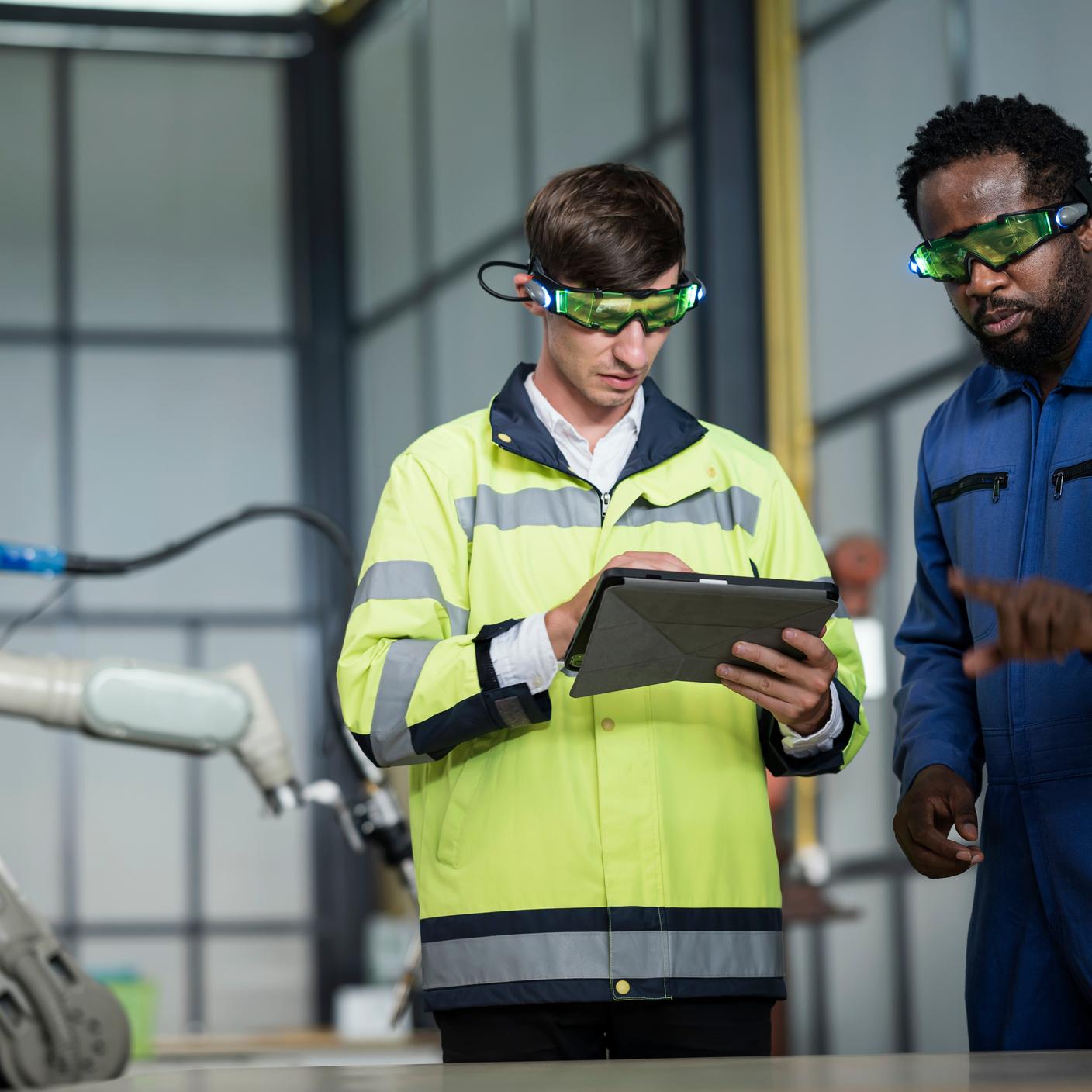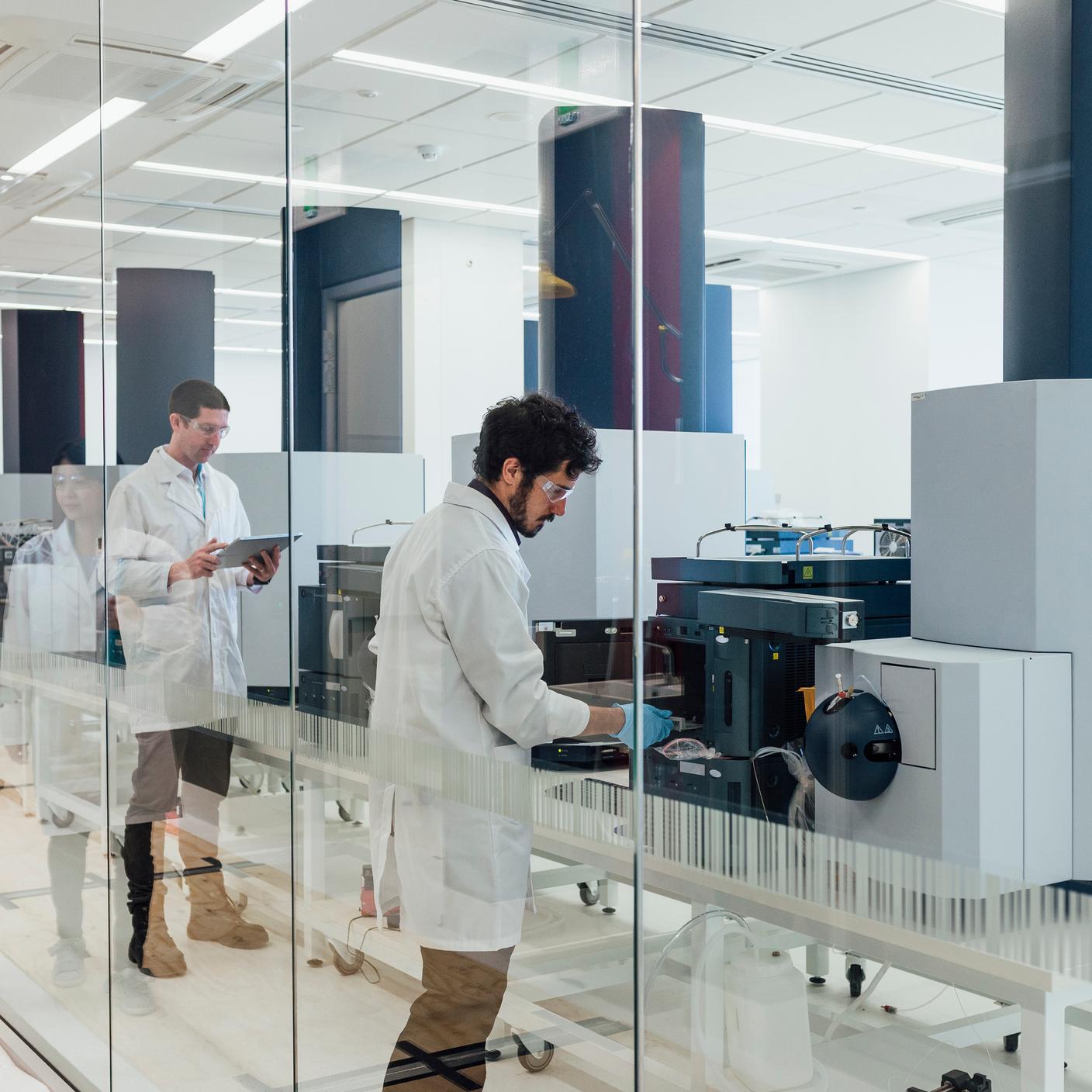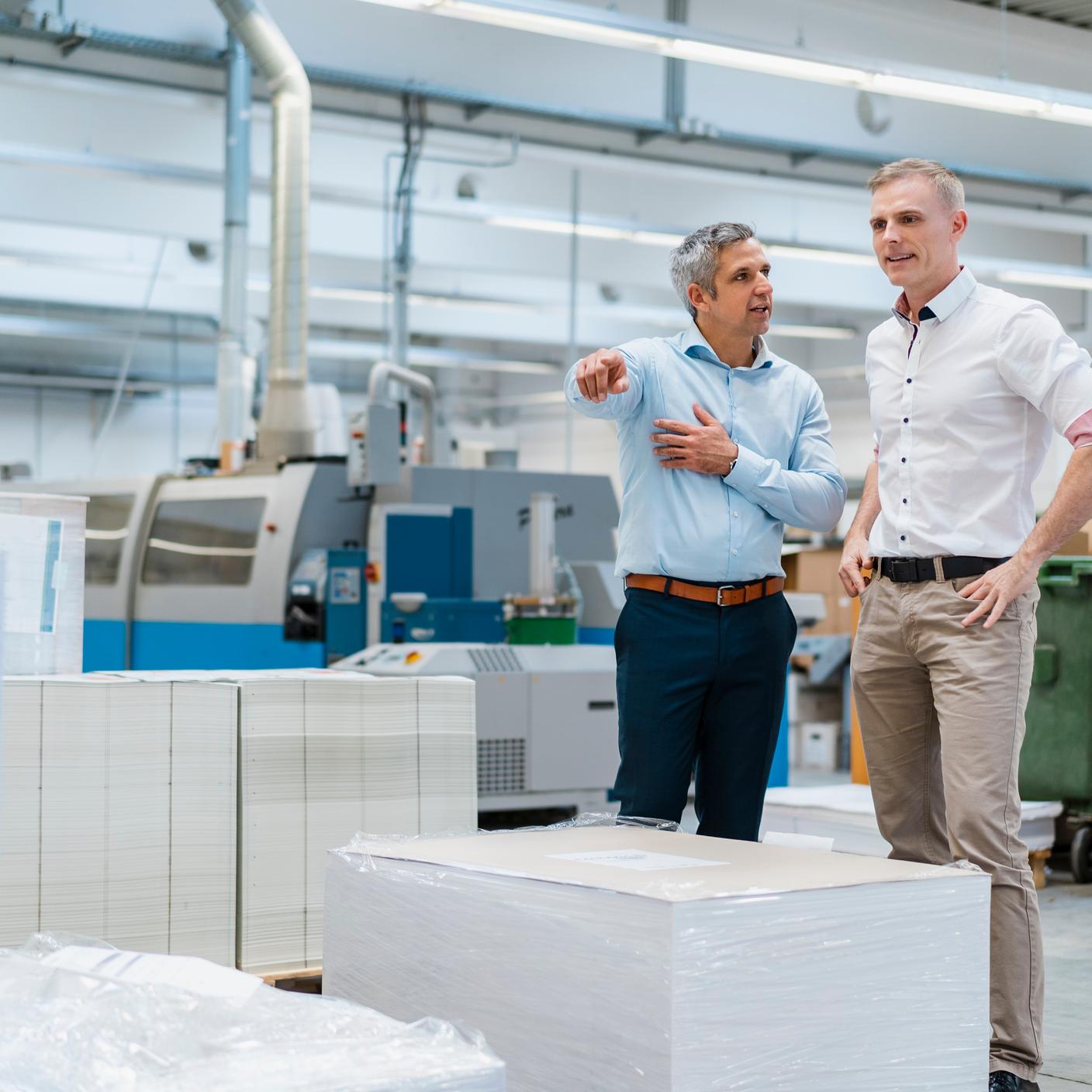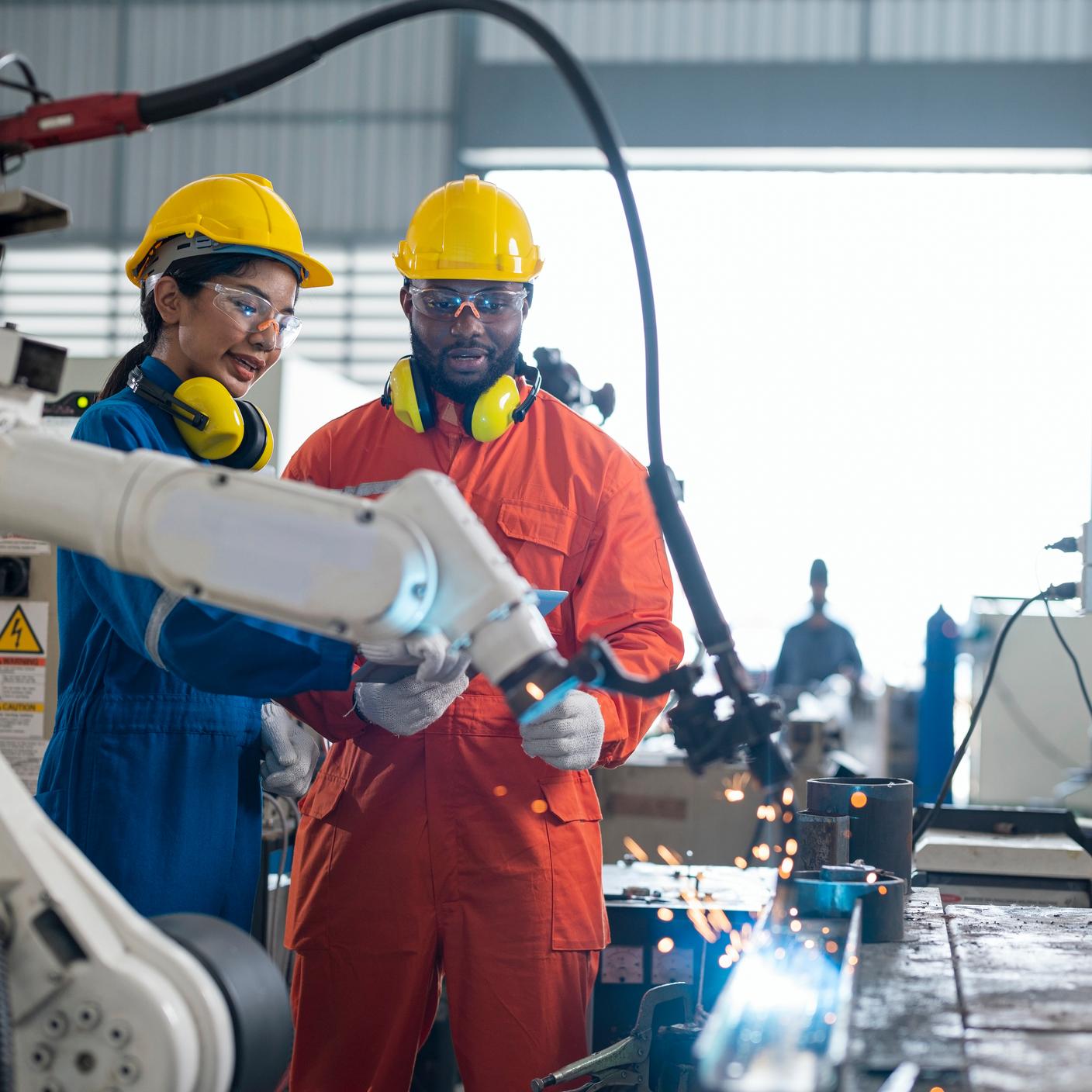The circular economy model is revolutionizing how consumers and organizations are approaching new products and materials. The growing popularity of up-cycling furniture, vintage clothes and renting or leasing products that we once might have bought suggests consumers are waking up to the fact that the current economic model of make-use-dispose is unsustainable.
Manufacturers are even more aware as they compete for increasingly scarce and costly resources to make the products we buy. Prompted by the ethical and economic demands to show that their products are being produced with this in mind, manufacturers are increasingly looking towards a circular economy model to design out waste and extend the life of products and materials for as long as possible by allowing them to be repaired, reused and recycled more easily.
What are the benefits of embracing the circular economy model?
Research by the Ellen MacArthur Foundation, shows how such strategies based on circularity can help address the impact of climate change. In fact, some of the biggest contributors to climate change will benefit most from adopting circular economy principles.
The EMF report illustrates how applying circular economy principles to five key areas - cement, plastics, steel, aluminium, and food - greenhouse gas emissions can be reduced by 9.3 billion tonnes, equivalent to eliminating current emissions from all forms of transport globally.
It also estimates that applying the same circular economy principles to the use of key industrial materials could reduce global CO2 emissions by 40%, or 3.7 billion tonnes in 2050. These significant reductions can be achieved because the environmental impact of extracting, processing and transporting raw materials will be much lower when using the circular economy model.
Beyond reducing greenhouse gas emissions, circular principles can also address biodiversity losses. The International Resource Panel estimates that over 90% of biodiversity loss and water stress come from resource extraction and processing of materials, fuels and food. By avoiding the use of non-renewable resources and enhancing renewable ones, the circular economy model has the potential not only to protect but to actively improve the environment, such as by returning valuable nutrients to the soil.
And what can businesses gain? According to the Waste and Resources Action Program (Wrap), UK businesses could benefit by up to £23 billion per year through low-cost or no-cost improvements in the efficient use of resources.
For forward-thinking companies that invest in these principles and embrace sustainability more generally, the rewards are considerable. They bring huge benefits, such as better resource and waste management and helping to make a company more cost-efficient. They can also generate more positive media coverage and help build trust in a brand.
The principles of circularity also align with many of the UN Sustainable Development Goals5 such as Goal 11 ‘Sustainable cities and communities’, Goal 12 ’Responsible consumption and production’ and Goal 13 ‘Climate action’.
Examples of best practice
It’s not hard to find examples of companies demonstrating innovation and imagination in product design, whether in reusing materials from other sectors that would otherwise become discarded or creating new materials with a low environmental impact.
Mobius, a US company, is using waste lignin from the paper manufacturing industry to manufacture biodegradable plastic for use in the horticultural industry. This reduces reliance on petroleum-based plastics, meaning less goes into landfill or ends up in our oceans.
Ecovative, a Dutch company, uses hemp and mushroom roots grown on agricultural by-products to create high-performance foams and glues for packaging. The resulting mycelium is cheap to grow, requires minimal processing and can be safely composted. This entirely natural material can be used in place of synthetic materials that, once discarded, decompose slowly, releasing toxic gases and compromising delicate ecosystems.
These exciting developments are happening across many sectors, so the potential for the circular economy model to revolutionize our production and consumption across all aspects of our daily lives is huge. However, there is still a long way to go in achieving this.
BSI’s developments
BSI has been at the forefront of promoting the circular economy as a sustainable model of manufacturing that works for businesses, consumers and the environment. This includes by creating new standards and frameworks to help organizations adopt these principles.
In 2017, BSI launched BS 8001, the world’s first standard to help organizations understand how a circular model could work for them. It was developed by BSI bringing experts together to capture the latest thinking and practice on the circular economy, drawing on the experiences and lessons learned. A range of organizations participated, both large and small, who were already working towards becoming more circular in the way they managed resources.
Industrial biotechnology
Industrial biotechnology is the use of biological resources to produce everyday products such as antibiotics and vaccines, biofuels, consumer goods and packaging. It presents a unique opportunity for the UK to leverage its industrial capability to significantly advance towards its net zero target by 2050. At the heart of this is embracing a functioning circular bioeconomy, which requires change across multiple, interconnected systems.
BSI recently published a report called, ‘Industrial biotechnology – a strategic roadmap for standards and regulations’. The report was commissioned by Innovate UK and supported by the Industrial Biotechnology Leadership Forum (IBLF). It assesses the potential to accelerate the adoption of industrial biotechnology and reduce greenhouse gas emissions.
The report states that “Industrial biotechnology is on the frontline of this change as the anchor of the UK Bioeconomy Strategy and its goal of a more circular, low-carbon economy – one shaped by solutions that are environmentally sustainable as well as resource-efficient.” Its transformative remit also aligns squarely with the UK government’s Resource and Waste Strategy’s objective to demonstrate international leadership in circularity.
Five key sectors were assessed in terms of their potential for CO2 and greenhouse gas reduction over the next 3-5 years: agritech, biofuels, fine and speciality chemicals, plastics and textiles. The report also considered the potential to boost the availability of raw materials that are currently characterized as waste and use these as inputs for industrial biotechnology processes and products. This can help to reduce landfill and incineration, and increase the value of the bioeconomy. As such, industrial biotechnology can make a major contribution to the UK Government’s goal of increasing the value of the bioeconomy to £440 billion by 2030.
The report states “It is no exaggeration to say that industrial biotechnology is poised for expansion that will grow the economy, create high-value jobs, contribute to net zero targets and deliver new solutions for some of our most pressing global issues.”
BSI and the Welsh Government
BSI’s consultancy team has also been working with the Welsh Government to grow knowledge of circular economy principles in Wales. BSI designed and delivered a series of masterclasses for the Welsh Government’s team of in-house innovation specialists and a range of Welsh businesses.
The masterclass covered the benefits and key principles of the circular economy and explained how the eight-stage framework set out in BS 8001 can be used to apply the principles in practice.
The workshops for individual companies assessed their readiness to adopt the circular economy model, looking at their operations, supply chain, sector and commercial streams to identify where improvements could be made. All the companies were left with an individual action plan to take them forward.





